In the intricate landscape of global trade, the relationship between the United States and India has been a focal point of recent discussions. President Donald Trump’s assertion on Thursday that India has offered to eliminate tariffs on US goods as part of a potential trade deal sparked immediate interest. However, New Delhi’s subsequent clarification that negotiations were still ongoing and far from complete added a layer of complexity to the situation. This back-and-forth highlights the delicate nature of trade negotiations and the significant challenges involved in reaching mutually beneficial agreements.
During a roundtable with business leaders in Doha, Qatar, Trump emphasized the high tariffs imposed by India, stating, “India is the highest — one of the highest tariff nations in the world. It’s very hard to sell into India, and they’ve offered us a deal where, basically, they’re willing to literally charge us no tariff.” This statement suggested a significant breakthrough in trade relations, potentially opening up the vast Indian market to US exports.
However, India’s Foreign Minister S. Jaishankar quickly tempered expectations, noting that talks were still in progress. “Negotiations have been going on,” he told reporters in New Delhi. “These are very complicated negotiations. They are very intricate. Nothing is decided till… everything is.” This clarification underscores the intricate nature of trade negotiations, where numerous factors must align before a final agreement can be reached.
The US has long criticized India’s high tariffs, which include a 70% levy on automobiles, 20% on some networking equipment, and 80% on rice imports. Additionally, the US has taken issue with India’s non-tariff trade barriers, such as burdensome regulatory requirements for importers. These barriers have made it difficult for US companies to penetrate the Indian market, limiting trade opportunities.
A zero-tariff offer from India would be a game-changer for US companies looking to expand their presence in the world’s most populous country. This potential shift could significantly boost US exports and improve trade relations between the two nations. However, Jaishankar emphasized that any trade deal must be mutually beneficial. “That would be our expectation from the trade deal. And until that is done, I think any judgment on it would be premature,” he said.
The US is India’s largest trade partner, yet India ranks tenth in the list of US trading partners. The trade deficit between the two countries has been widening, with the US importing $45.7 billion more from India than it exported in 2024, according to the US Census Bureau. This imbalance has been a point of contention in trade negotiations, with both sides seeking to address their respective economic interests.
India is one of several countries attempting to strike deals with the US following Trump’s sweeping set of tariffs, which have disrupted global trade. Trump has imposed a baseline 10% levy on all goods imported into the US and threatened to impose higher “reciprocal tariffs” on certain nations. India currently faces a 26% “reciprocal tariff” on its goods entering the US.
Despite these challenges, there have been recent breakthroughs in US trade negotiations. Last week, Trump announced a framework for future trade negotiations with Britain, which lowers some tariffs and potentially opens the UK market to more American goods. Additionally, the US and China agreed to drastically roll back tariffs on each other’s goods for an initial 90-day period, marking a significant step forward in trade relations between the world’s two largest economies.
When Trump initially announced plans in February to unveil a package of reciprocal tariffs, he singled out India several times, particularly criticizing its value-added and digital services taxes. The administration has also taken issue with the growing goods trade deficit. “They charge more tariffs than any other country,” Trump said on February 13, just hours before meeting with Indian Prime Minister Narendra Modi. Trump also addressed India during his Rose Garden “Liberation Day” event on April 2, stating, “India, very, very tough,” and mentioning that he told Modi, “You’re not treating us right.”
The White House estimated last month that US exports to India would increase by at least $5.3 billion annually if India dropped its trade barriers. However, the methodology behind these figures remains unclear. The top goods the US received from India last year included pharmaceuticals, communications equipment, and apparel, while the top American exports to India were oils and gases, chemicals, and aerospace products and parts.
The ongoing US-India trade negotiations highlight the complexities and challenges involved in reaching mutually beneficial agreements. While the prospect of zero tariffs on US goods entering India is enticing, the reality is that numerous factors, including regulatory barriers and trade deficits, must be addressed. As both countries navigate these challenges, the outcome of these negotiations will have significant implications for global trade and economic relations. The delicate balancing act required to achieve a fair and advantageous trade deal underscores the importance of continued dialogue and cooperation between the US and India.
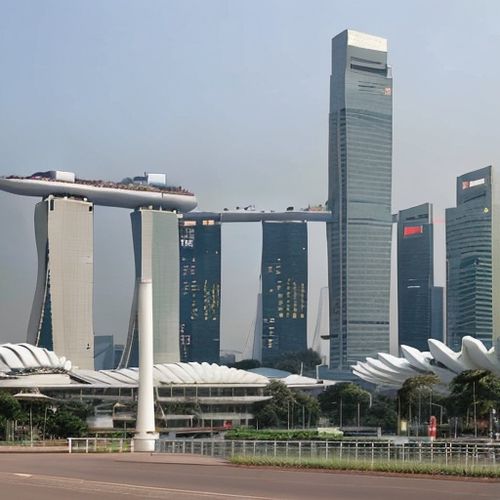
By Laura Wilson/May 16, 2025
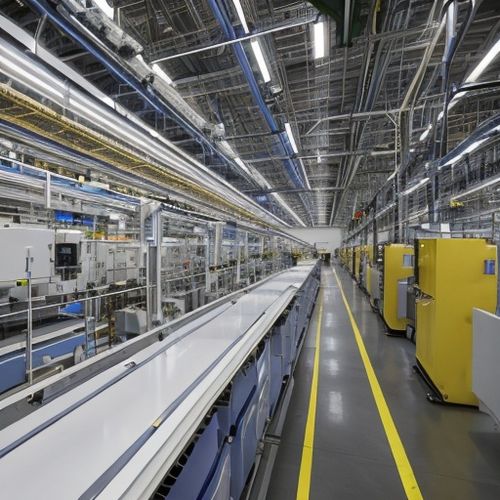
By Michael Brown/May 16, 2025
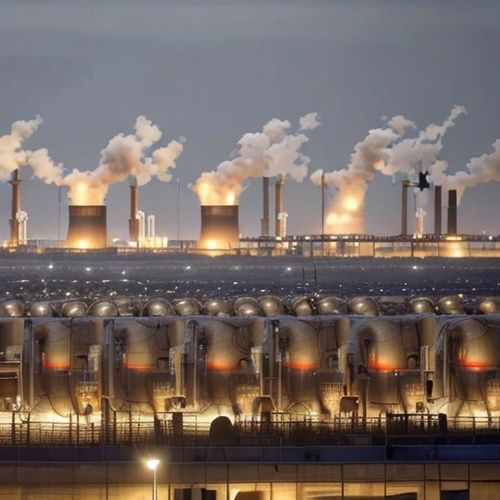
By Elizabeth Taylor/May 16, 2025

By Sophia Lewis/May 16, 2025
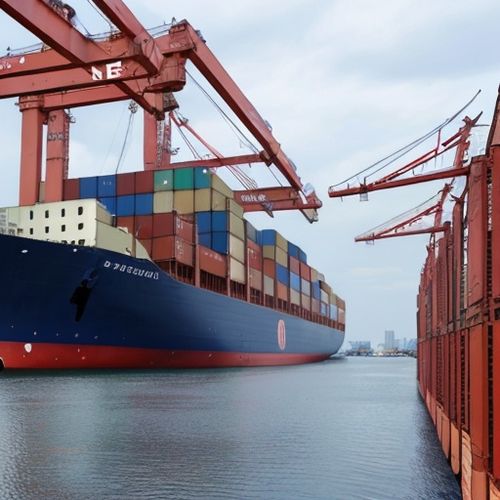
By Noah Bell/May 16, 2025
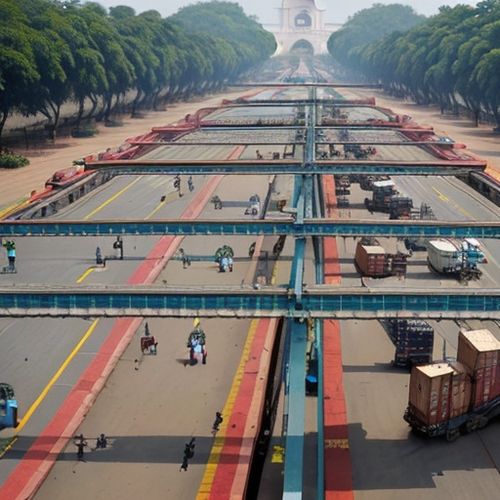
By Joshua Howard/May 16, 2025
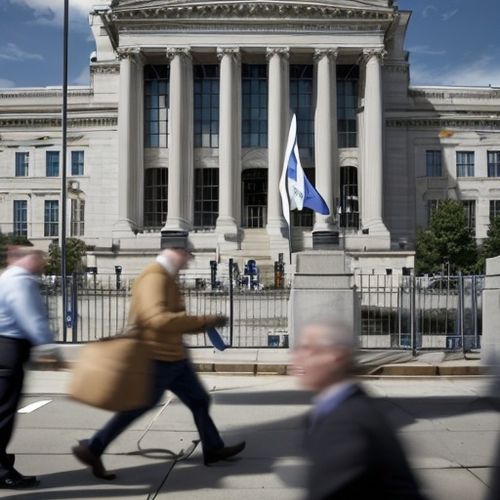
By John Smith/May 16, 2025
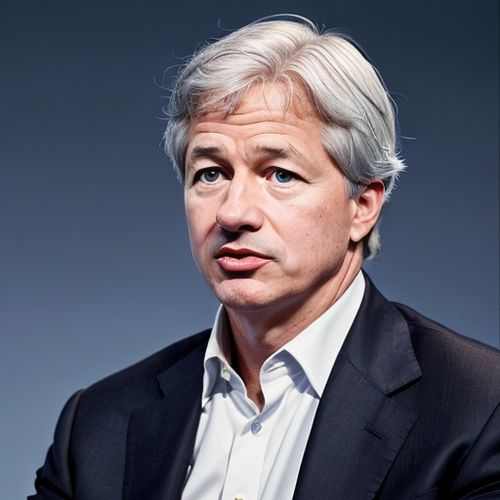
By Laura Wilson/May 16, 2025
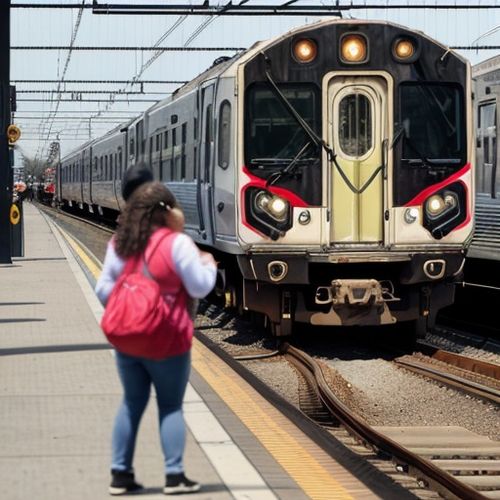
By Benjamin Evans/May 16, 2025
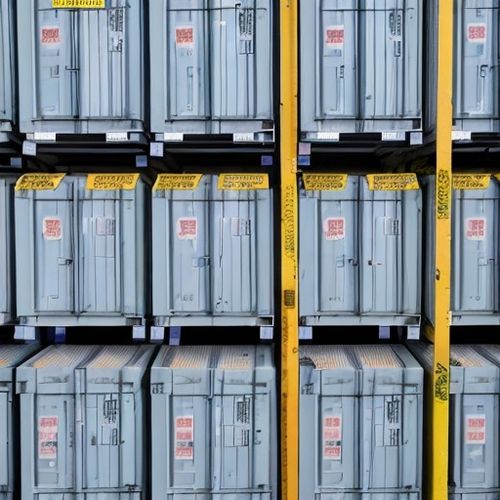
By Michael Brown/May 16, 2025
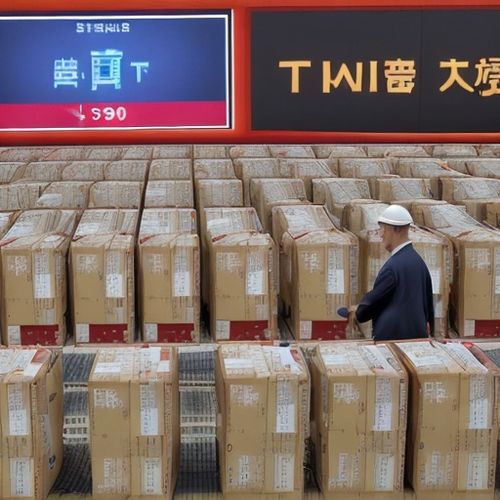
By Sarah Davis/May 16, 2025

By William Miller/May 16, 2025

By Sarah Davis/May 16, 2025

By Benjamin Evans/May 16, 2025
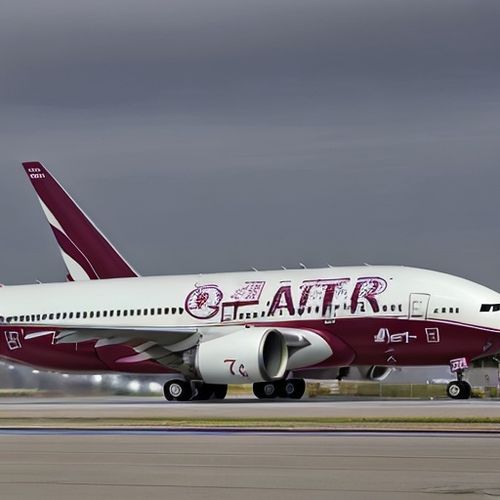
By Rebecca Stewart/May 16, 2025

By Natalie Campbell/May 16, 2025

By Lily Simpson/May 16, 2025
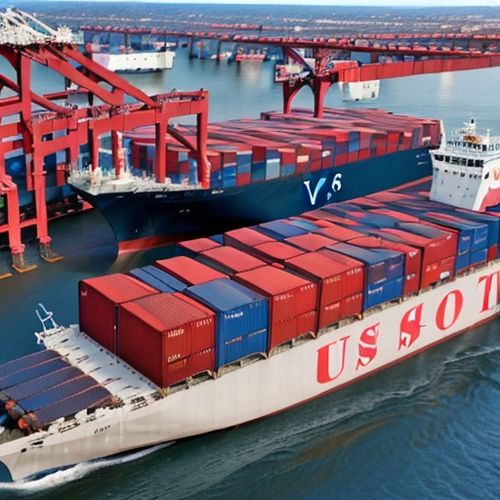
By Olivia Reed/May 16, 2025

By Olivia Reed/May 16, 2025

By Elizabeth Taylor/May 16, 2025